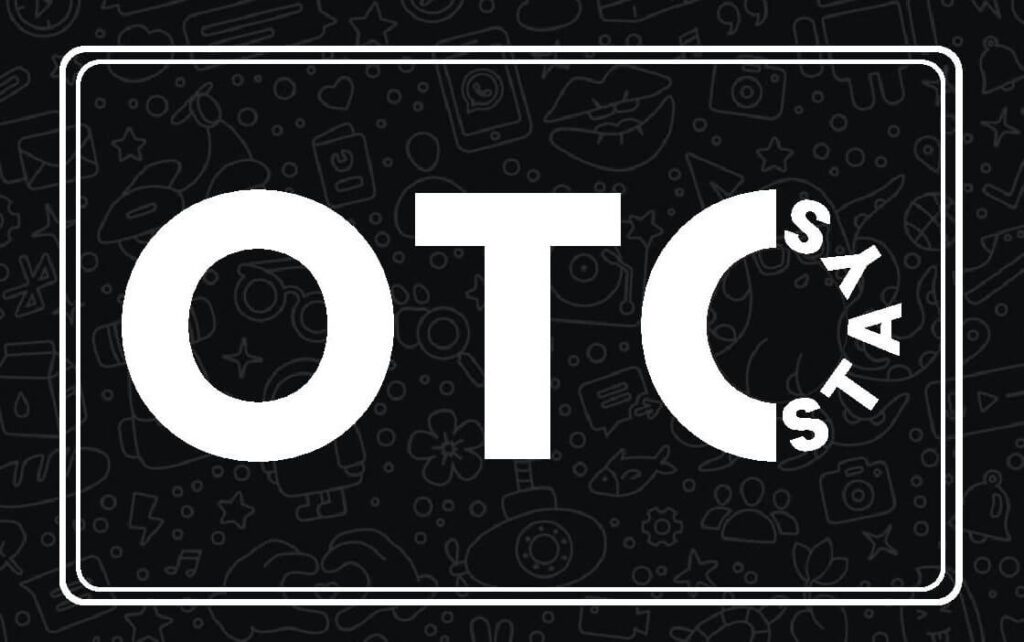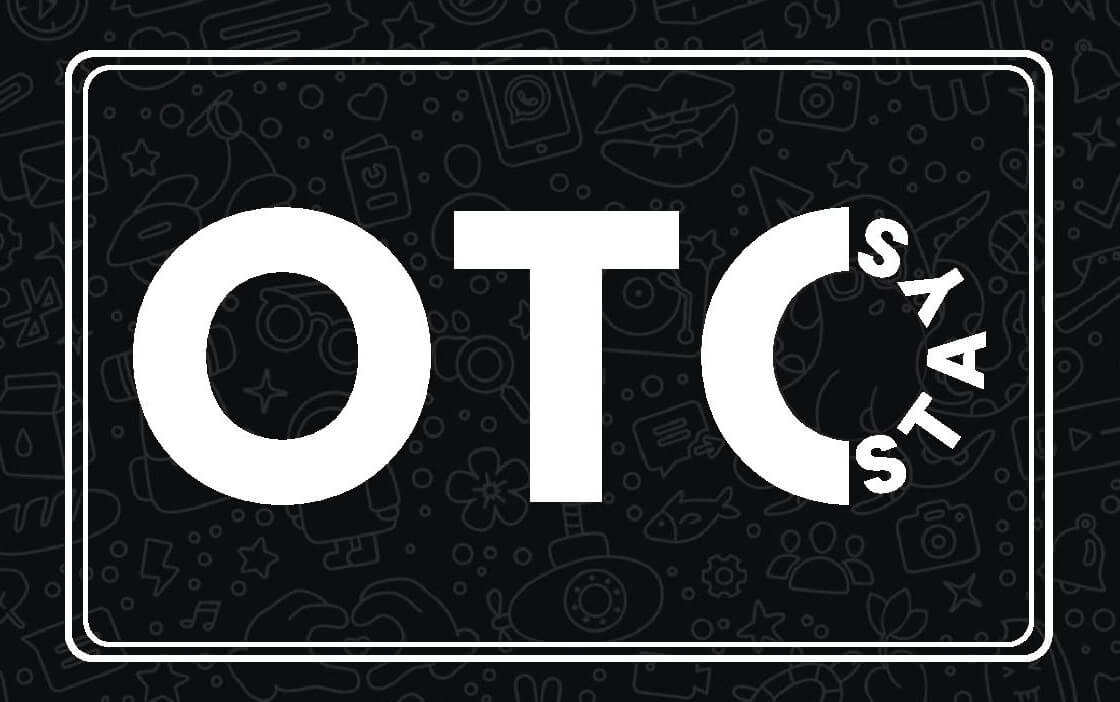
Five Tricks About Zeneara You Wish You Knew Before
Tinnitus, often described as a ringing, buzzing, or hissing in the ears, has significantly increased over the years. It is not a standalone disease, rather a symptom indicating an underlying issue. According to the American Tinnitus Association, approximately 15-20% of the world’s population suffers from some form of this condition.
Primarily associated with frequent exposure to loud noises, hearing loss, certain medications, zeneara discount and aging, the rise in tinnitus cases is becoming an alarming public health issue. With modern society’s regular exposure to loud music, earphones, noisy machinery, traffic noise, and other sources of high-decibel sound, the population’s vulnerability towards tinnitus has inevitably multiplied.
The ‘silent epidemic’, as many health professionals refer to it, is not life-threatening but intrusively disturbs the quality of life. Individuals experiencing tinnitus report its detrimental effects on their concentration, sleep patterns and overall mental well-being; many even narrating a relentless noise persisting 24/7.
According to WHO, it’s not just the older population at risk. Young adults and even children are increasingly suffering from tinnitus, majorly due to exposure to loud music through headphones. School-aged children are as much at risk as industries workers or musicians, which necessitates immediate attention to developing effective preventative measures.
Whilst the physical cause of tinnitus often lies in the ears, the distress it causes typically triggers psychological responses. Recent studies reveal a legitimate connection between tinnitus and mental health disorders, such as anxiety and depression. Consequently, there’s been a call for more comprehensive approaches in managing tinnitus, converging audiological and psychological therapies.
One of the major roadblocks in managing this condition remains the lack of established treatments. Whilst hearing aids or cognitive behavioral therapy may help, for many, there is no full-proof, effective treatment for tinnitus. The difficulty lies in the fact that tinnitus is a symptom, not an ailment – much like pain or fever. The condition can be compared to phantom limb syndrome where amputees continue to feel pain in a limb that’s no longer present.
This predicament calls for more research attention. Patchy investment and a scarcity of research have contributed to the lack of breakthroughs. However, this scenario is slowly changing with governments and organisations realising the catastrophic impact of ignoring this issue.
Some promising advancements in recent years include exploring neuromodulation techniques, adapting cognitive behavioral therapy specifically for tinnitus, and researching drugs which can minimize the excitability of nerves contributing to tinnitus.
Despite the challenges, there’s increasing hope for remedies and prevention strategies. The efforts should focus on two levels – one to avert the onset of tinnitus, especially amongst the young population, through public awareness about the impact of loud noises. Second, to develop targeted therapies for those already affected, which is possible only with rigorous investigation and implementation.
Sharing the sentiments of Dr. David Baguley, a consultant clinical scientist at Nottingham University Hospital, “Tinnitus is where we were with understanding of depression and anxiety 20 years ago.” The journey towards finding a complete cure might be long, but even small steps forward are giant strides for those who have been suffering silently.
As it stands, tinnitus serves as a potent reminder of the profound connection between our sense of hearing and overall well-being, echoing the necessity for active research, increased awareness, and comprehensive healthcare approaches worldwide.
